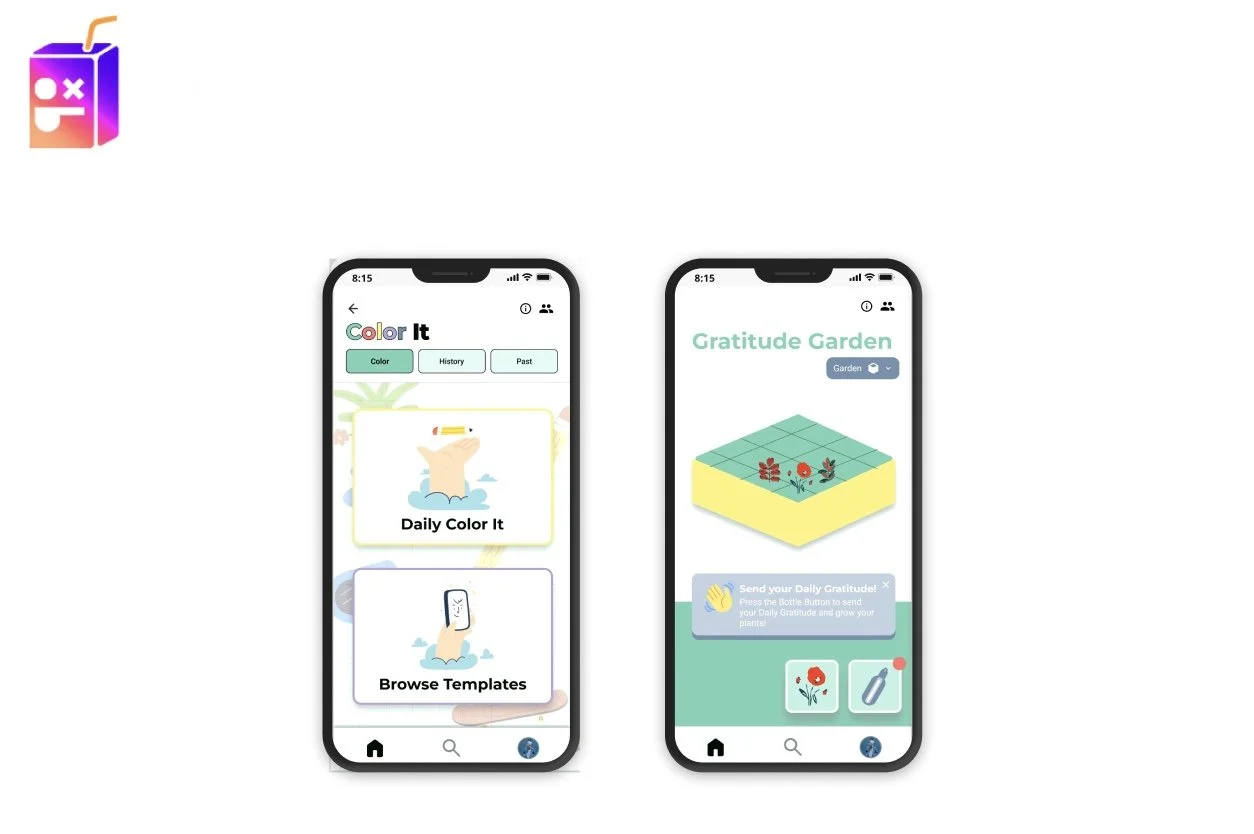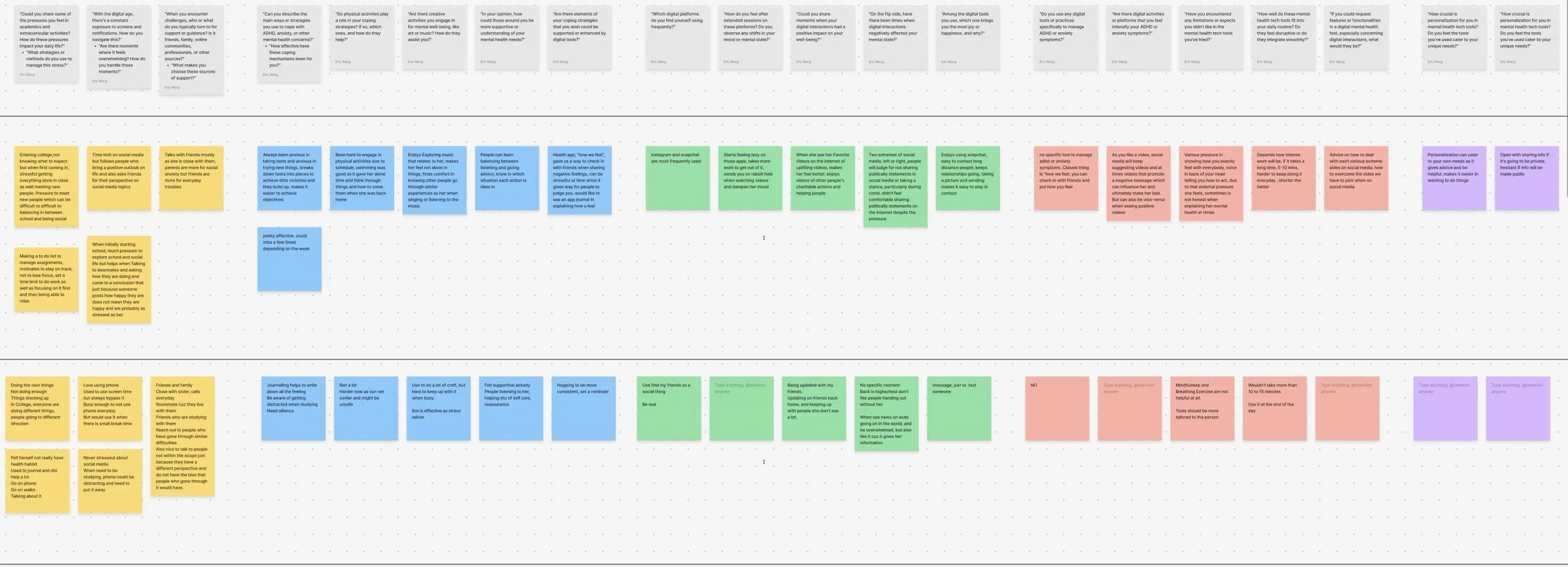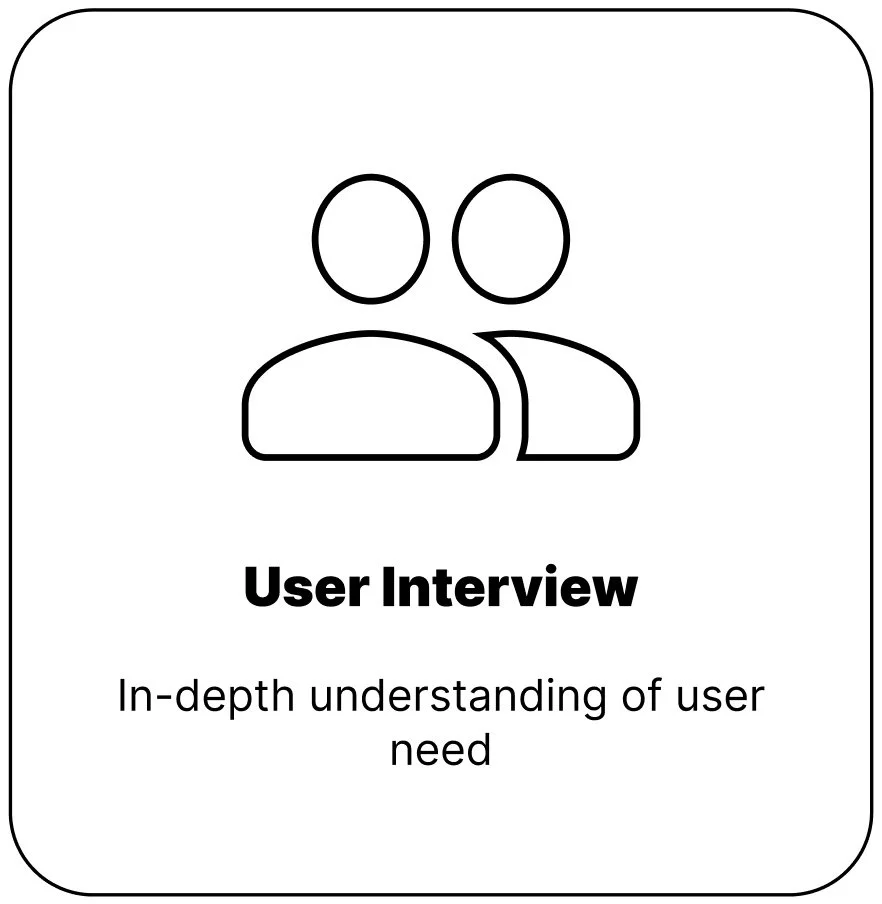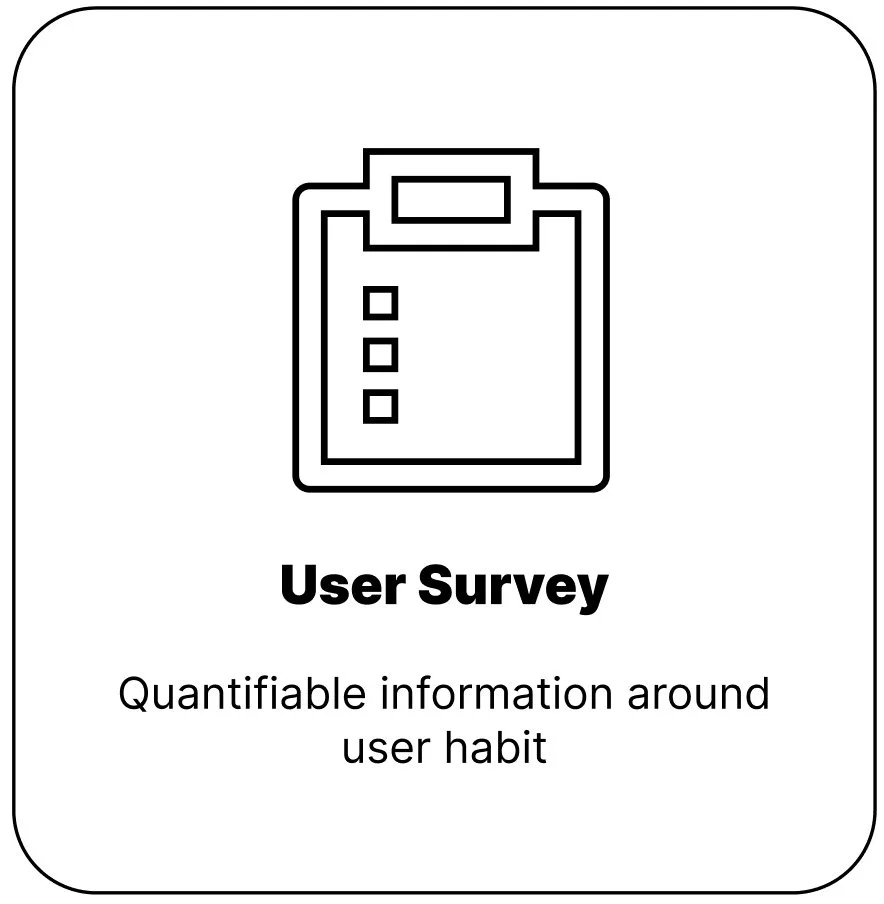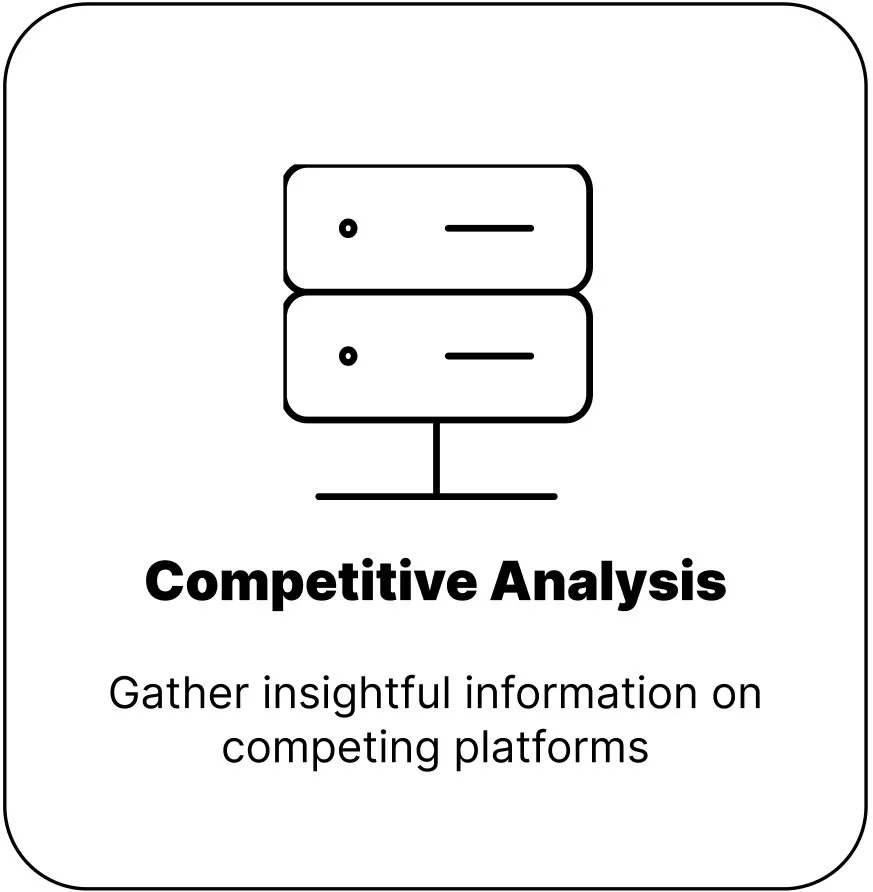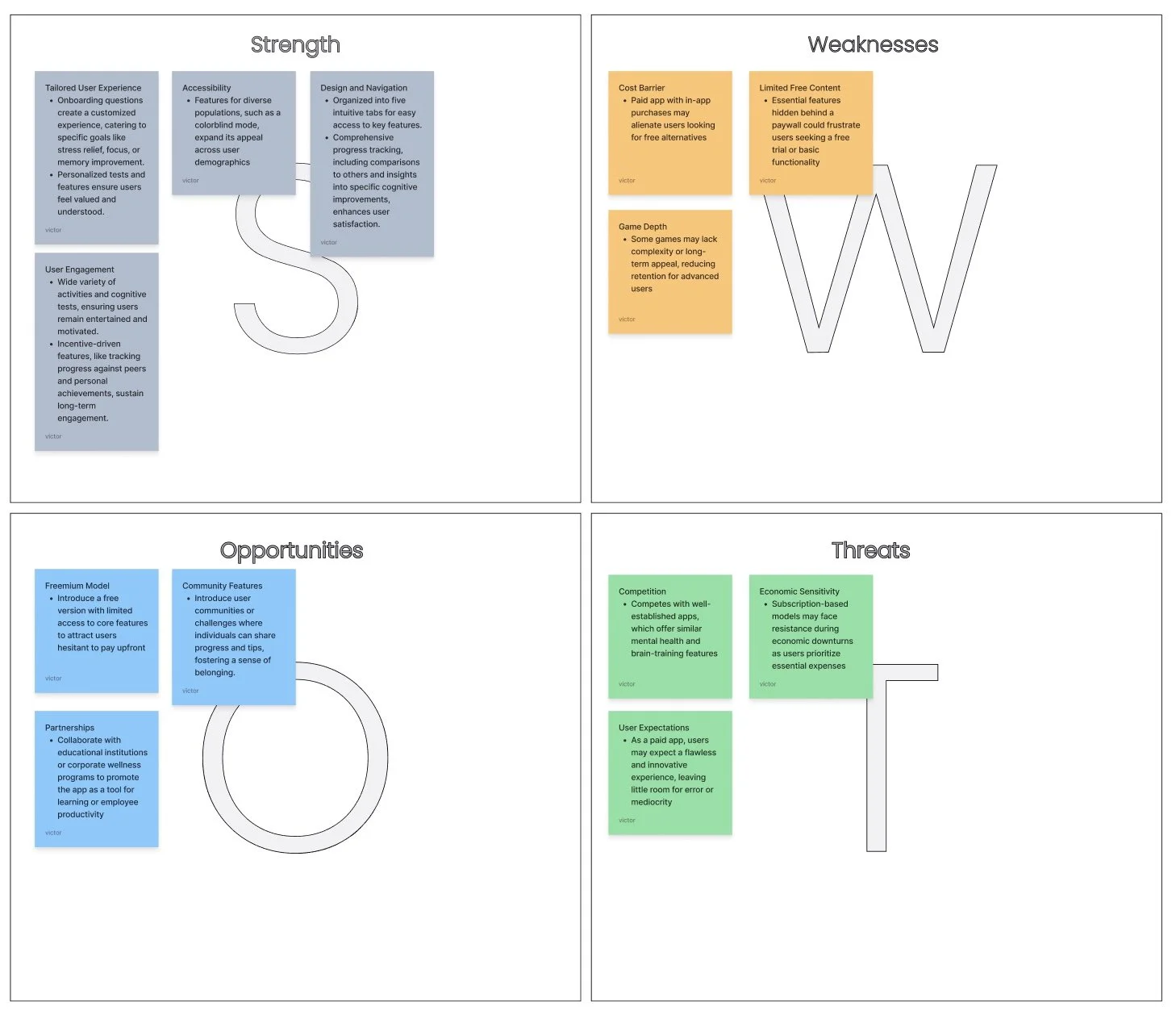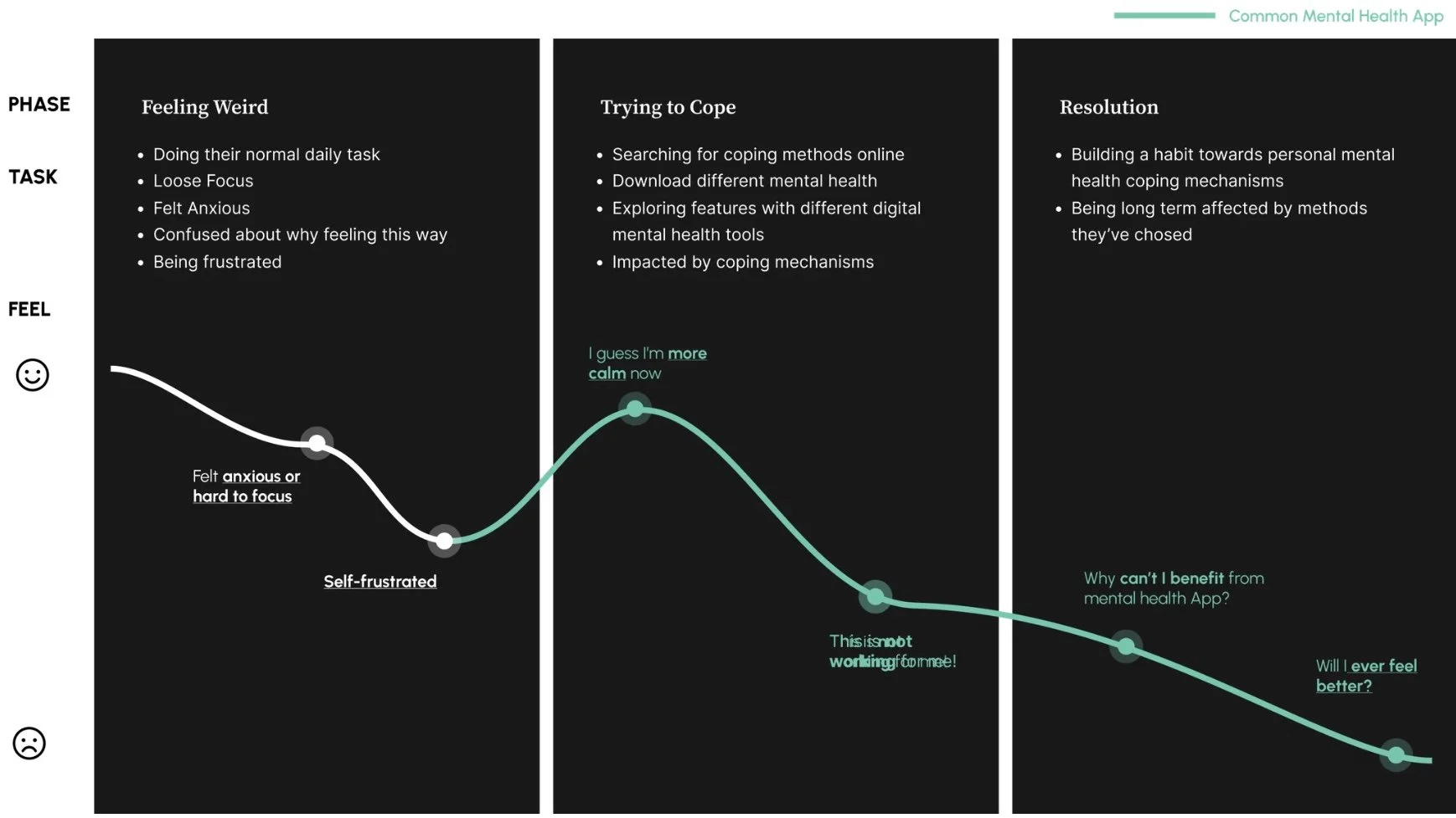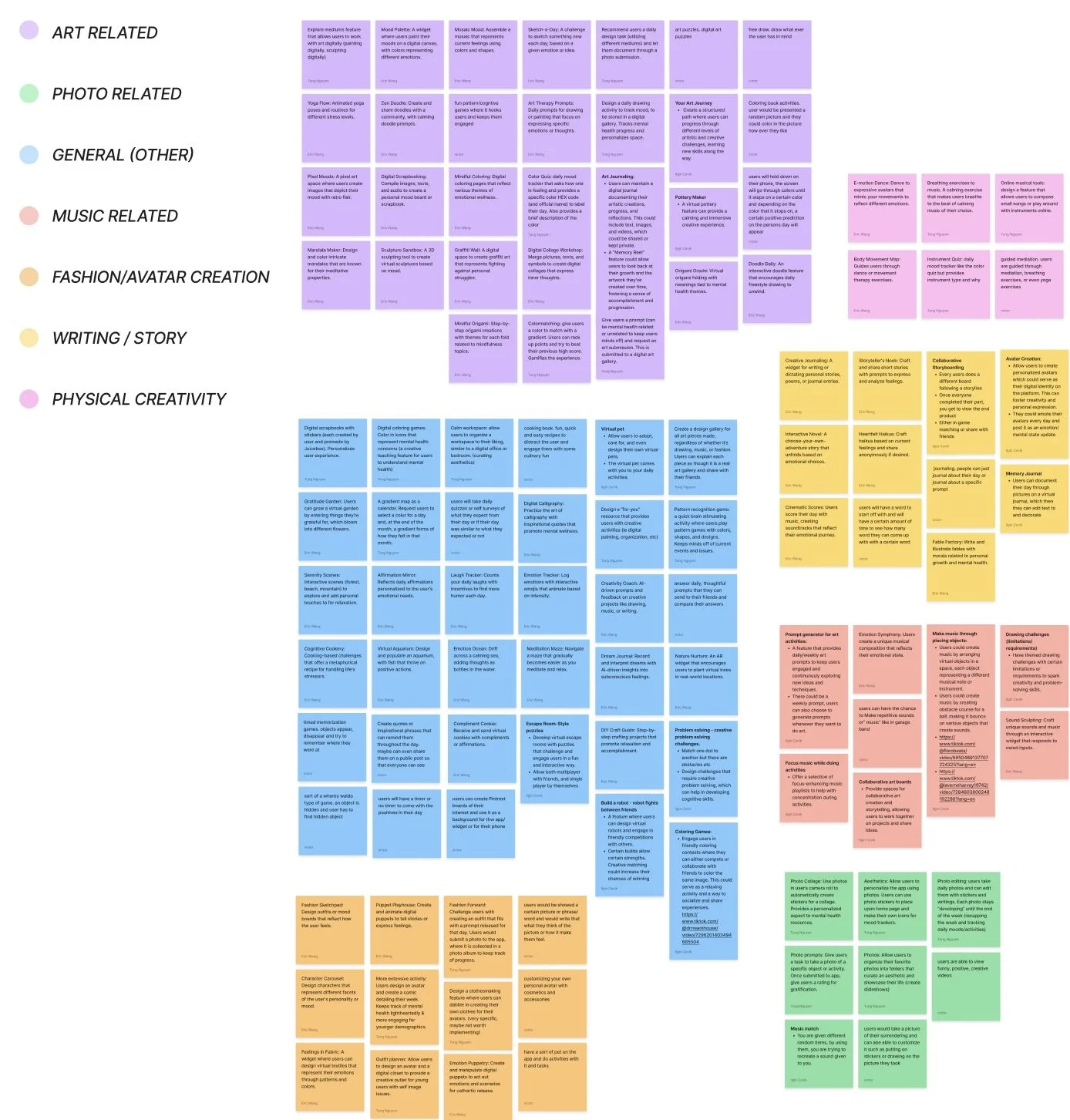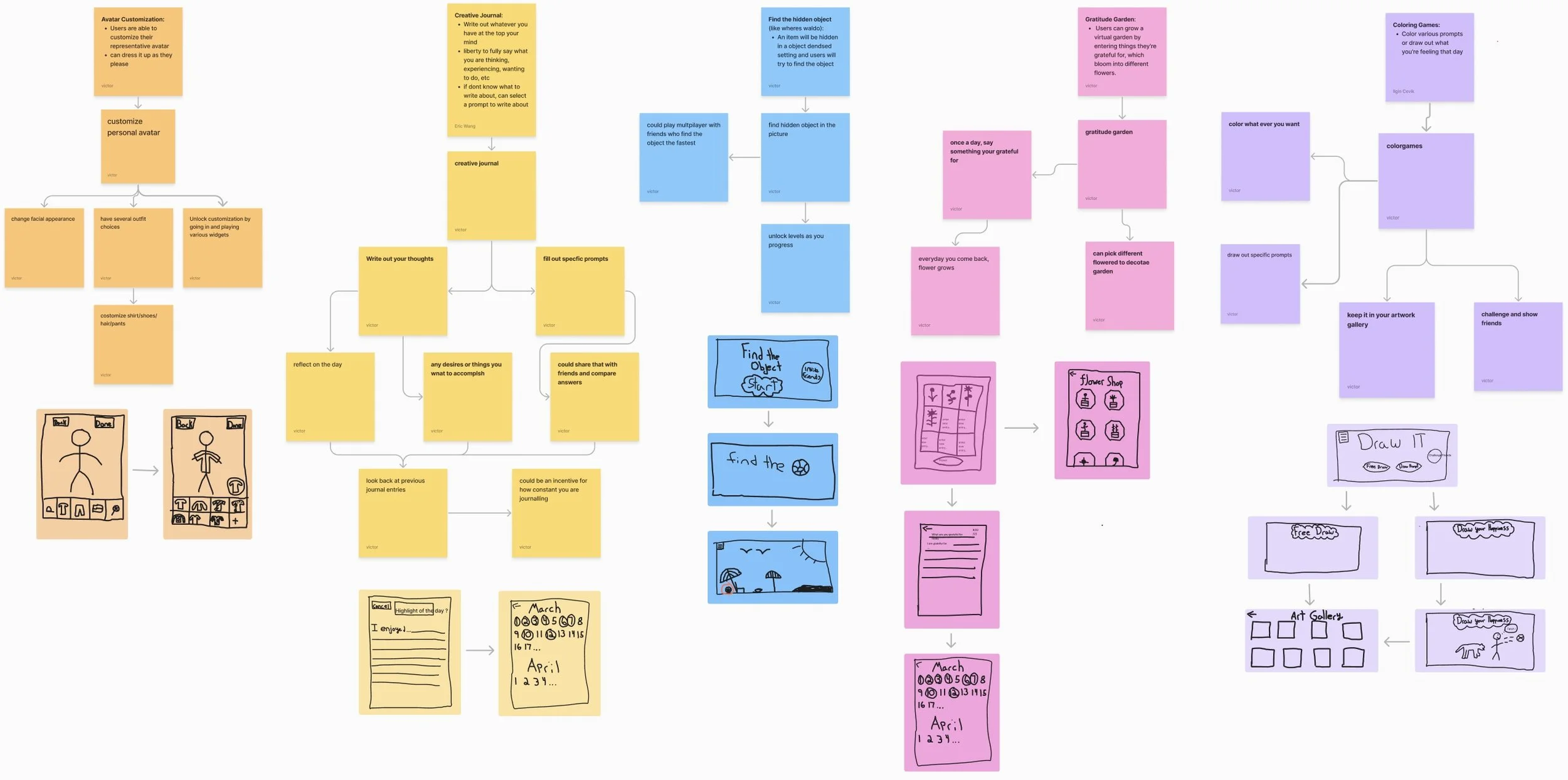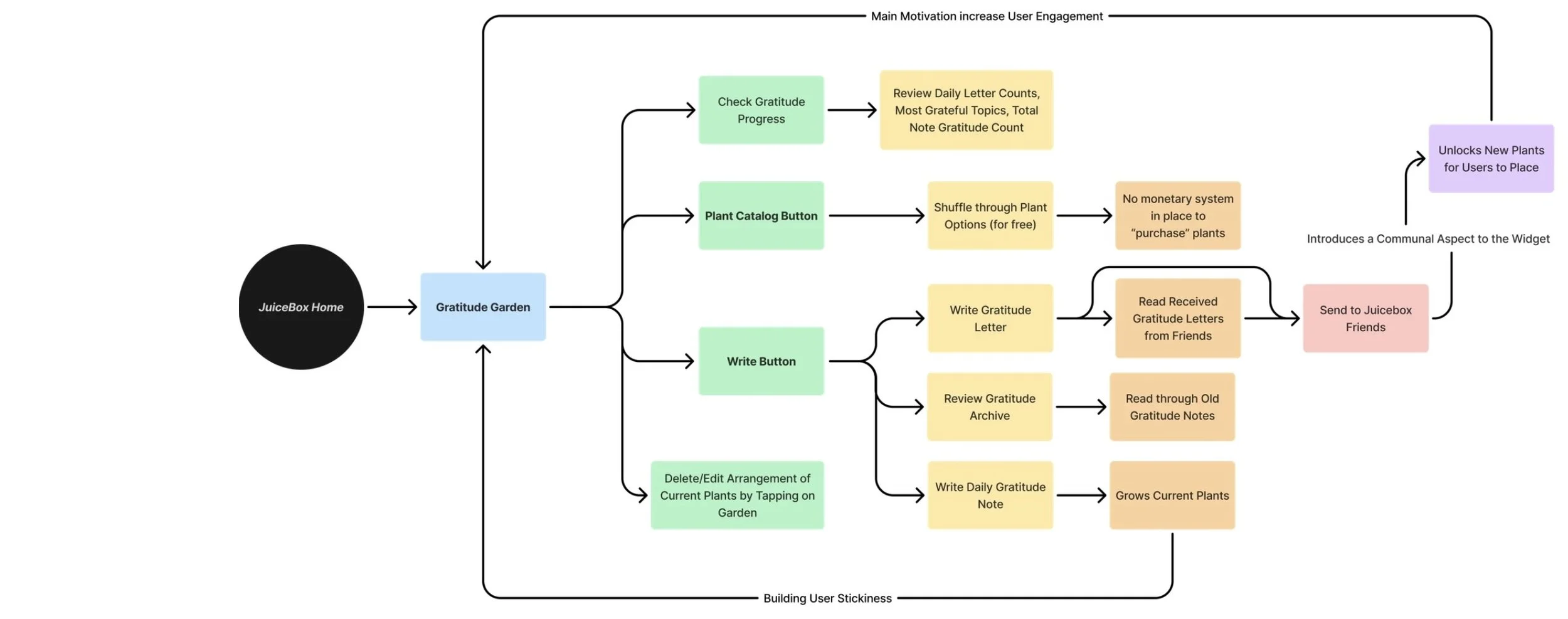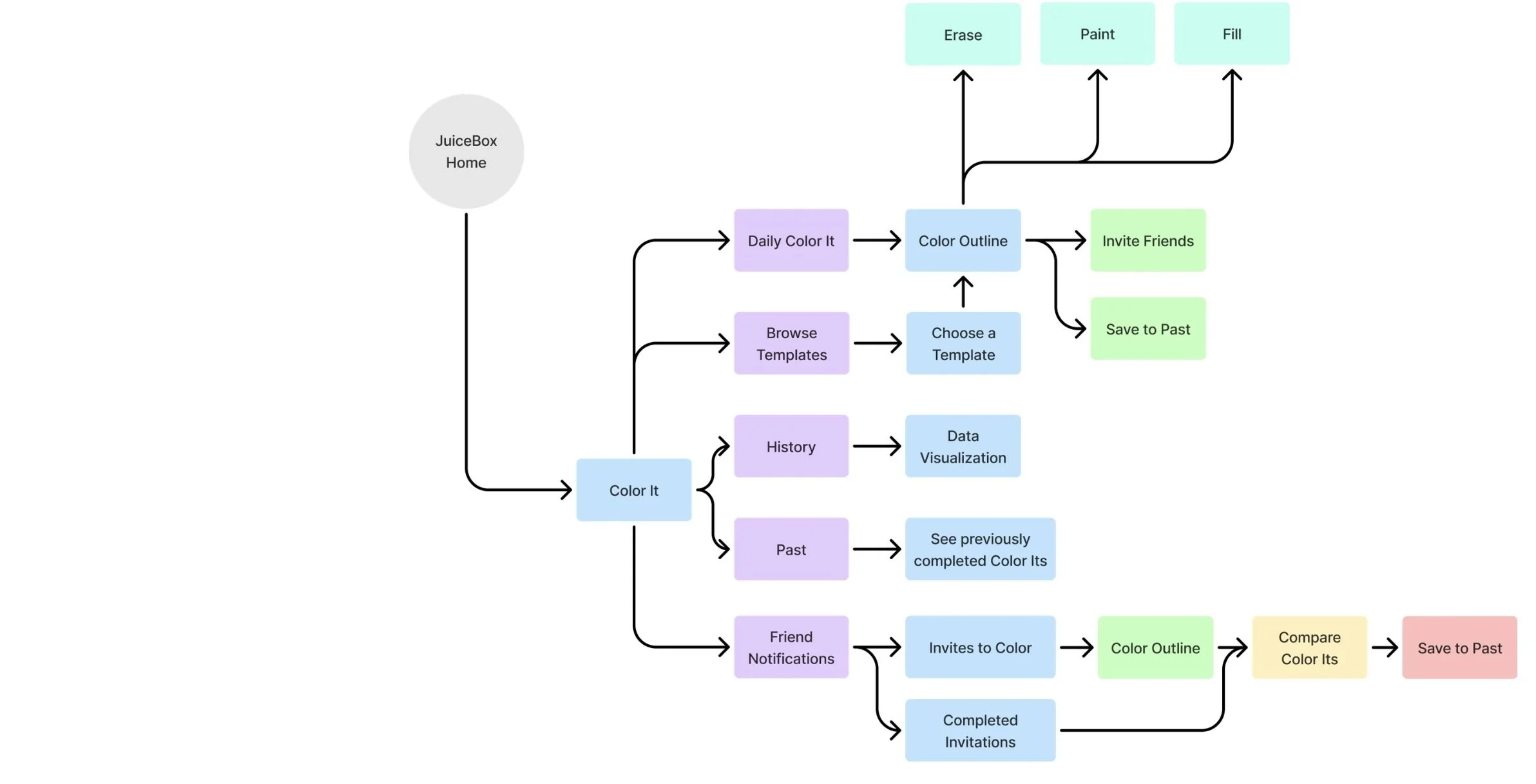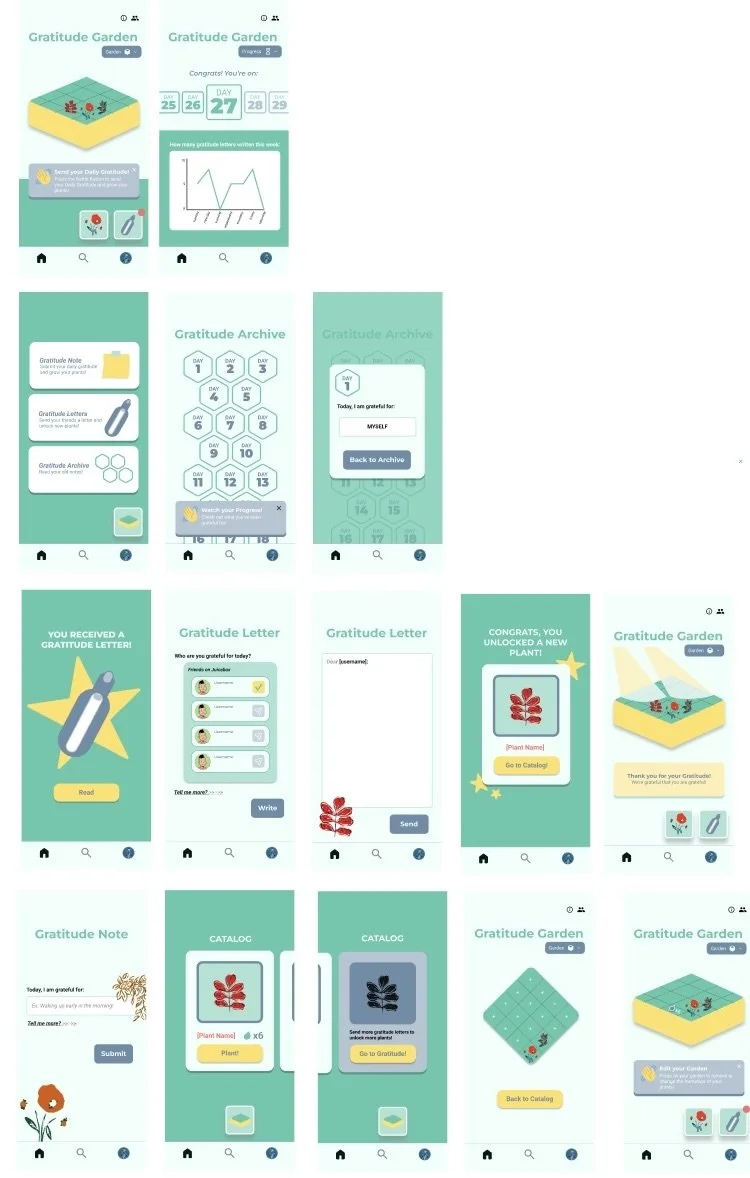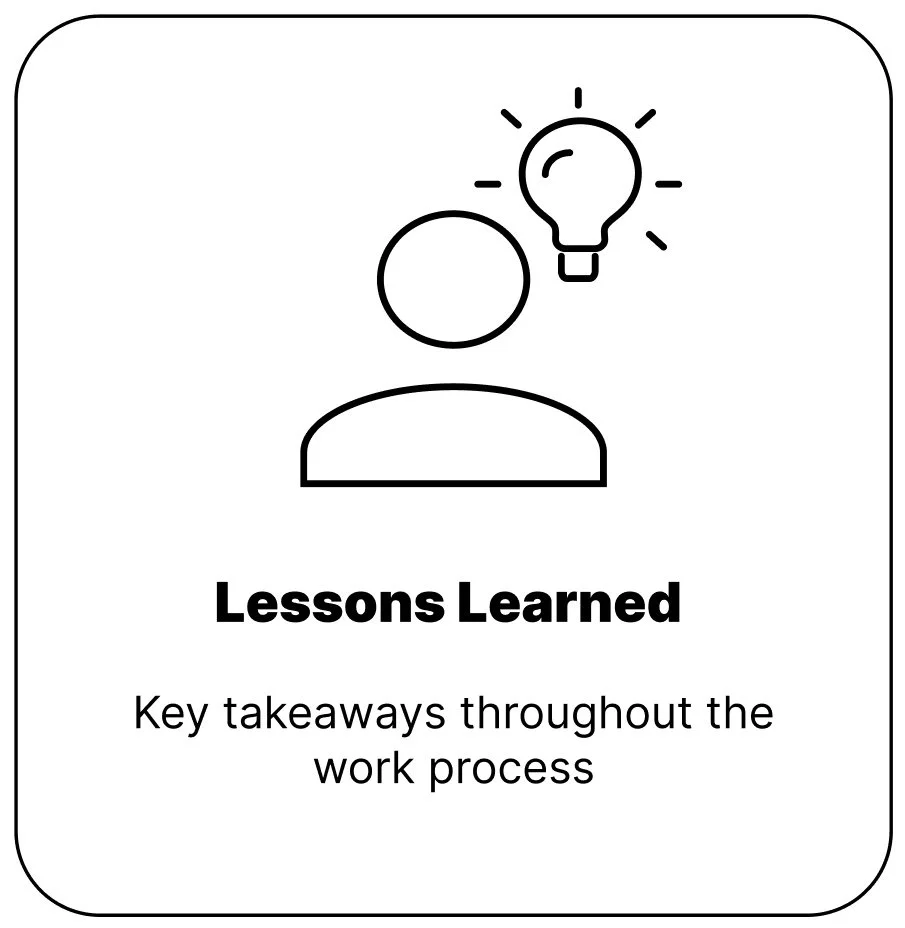Juicebox Health, Co Case Study
A lifestyle and mental health app for all
A little bit about Juicebox …
Juicebox Health is a forward-thinking mental health startup aiming to transform the mental health app landscape by “redefining the narrative of mental health for a new generation.” With innovative, user-focused features, Juicebox creates adaptive tools that seamlessly fit into diverse lifestyles and offer a supportive environment tailored to individuals with shorter attention spans. Targeting the unique needs of Generation Z and Generation Alpha, amid rising cases of ADHD and depression, Juicebox Health prioritizes engagement and accessibility. Their platform emphasizes interactive widgets that empower users to track their mental health progress while fostering a connected community of individuals seeking support.
My Role: UX Design Researcher
Scope: 4 Months
Tools: Figma
Process: Ux Research, Wire framing, Prototyping
Team: Eric Wang, Andy Vo, Ilgin Cevik, Tommy Nguyen, Victor Diaz
Develop a secure platform to help individuals, especially those with ADHD and anxiety, manage their mental health, track progress, and foster healthier mindsets, while improving access to mental health tools for the younger generation
Goal
Younger generations are facing a significant struggle with mental health in recent years, and need support that is engaging, fulfilling, and impactful for their health.
The Problem
How might we create a creative and interactive digital tools that aid user’s therapeutic self-expression and balance modern technology's comforting and stressful aspects?
Essential Question
Research
Secondary Research
In order to better address anxiety and ADHD within Juicebox, we needed to better understand the causes and treatment of anxiety and ADHD in society.
Leisure Activities, Resilience, and Mental Health
Leisure activities contribute to emotional well-being and help build resilience, particularly during stressful
Physical activity has a positive impact on children's mental health, reducing depression, anxiety, and other psychological distress
Understanding ADHD and Anxiety in Younger Generations:
ADHD and anxiety often co-occur in children, with around 25-50% of children with ADHD also experiencing anxiety.
Symptoms overlap: children with ADHD may struggle with focus due to distractions, while children with anxiety may avoid tasks due to worry or perfectionism.
Mental Health Platforms and Trends:
Mobile devices and apps are widely used in mental health, providing access to care, tracking behavioral patterns, and connecting users to professionals.Self-management apps dominate, offering tools for stress, anxiety, and sleep management, with data collection being crucial for feedback and progress monitoring.
User Interview
We interviewed 10 people consisting from gen x and gen alpha. we asked them questions regarding technology usage, obstacles in everyday life and their copping mechanisms through those challenges Divided their answers into different categories
User Survey
Issued over 200 digital surveys digital surveys amongst young adults and teenagers. Responses directed our creative decisions and further contextualized the trends of mental health support. Similar to our user interviews, we divided the surveys into multiple sections:
Coping Mechanisms & Social Support
This section explored activities for managing stress, ADHD, or Anxiety and gauge the effectiveness and challenges associated with these coping strategies.
Navigating Support Networks
This section explored go-to sources for mental health support, satisfaction with available resources, and comfort level in discussing ADHD or Anxiety with various groups.
Daily Routines & Mental Well-being
This section explored daily habits, interactions, and triggers to understand their impact on mental well-being and ADHD or Anxiety symptoms
Engagement & Digital Tools for Mental Well-being
This section explored time commitment, interest in active well-being practices, and preferences for ADHD and Anxiety management tools.
Competitive Analysis
To better understand the use of mental health apps in different situations, we analyzed the interactions of self improvement aspects in other apps like impulse using a SWOT analysis
Design Implications
Lack of Active Mental Health Engagement
Mental health tools are often not interactive, causing disengagement in younger users.
Integrate Creative Modalities
Add features for creative expression, like digital art and music, to platforms.
Lack of Individualized Accommodation
Current mental health solutions fail to cater to diverse individual experiences.
Technology as a Double-Edged Sword
Digital platforms can be both comforting and stressful, impacting mental health.
Key Insights
Taking into consideration all our research, we’ve developed 4 insights that address our users pain points
Create Balanced Digital Environment
Design digital environments that support well-being and minimize stress
Creative Expression for Mental Well-being
Digital mental health tools lack creative expression features for younger users
Foster Active User Participation
Create interactive and gamified widget for user engagement in mental health app
Personalize Mental Health Experience
Offer personalized user experiences in mental health tools for individual needs
Design Goals
Throughout our process, we design with purpose and taking Juicebox’s values into consideration
Getting to Know Our User
User Persona
We used the users awareness of mental health and current situations to form our user persona. We created persona due to our users overwhement with their responsibilities and lack of awareness of mental health resources.
User Journey Map
Compiling the information we received from our users, we created their user journey through typical mental health resources
Brainstorming
Ideation
During our creativity process, the team categorized widgets based on different mediums of creativity, ensuring our designs would be most accessible to our diverse user demographic.
Early Sketches
We finalized our selection into two widget based on a impact-effort matrix; Gratitude Garden (a maintenance gamified widget based on caring for a garden with one's gratitude) and Color It (a coloring game with new daily palettes to stimulate thinking skills)
Final Products
Gratitude Garden Wireframe
Gratitude Garden is one of our design solutions, which is primarily a maintenance widget where users are provided multiple options of garden biomes and plant options obtainable through daily gratitude notes
Color it wireframe
Color it is our other design solution where it serves as a stress free, creative outlet that allows users to freely color various palettes and express themselves
Gratitude Garden Deliverable
A key component of Gratitude Garden is the user's ability to fully customize the organization of their garden. Through daily gratitude notes, users are able to grow special plants on their garden. Additionally, users are able to maneuver across different plots for more plotting space & customization options.
Color it Delievrable
Coloring challenges provide a soothing, therapeutic activity to enjoy with friends, and enhances relaxation and deepen social bonds, greatly benefiting mental health and well-being.
Final Thoughts
Takeaways and Reflections
Lessons Learned
Rely on your project members’s individual strengths
Don’t be afraid to try new things
Adapt to the data you are given
Improvement Opportunities
Creating a prototype
Expand on the widgets to be more accessible for other mental health disabilities
